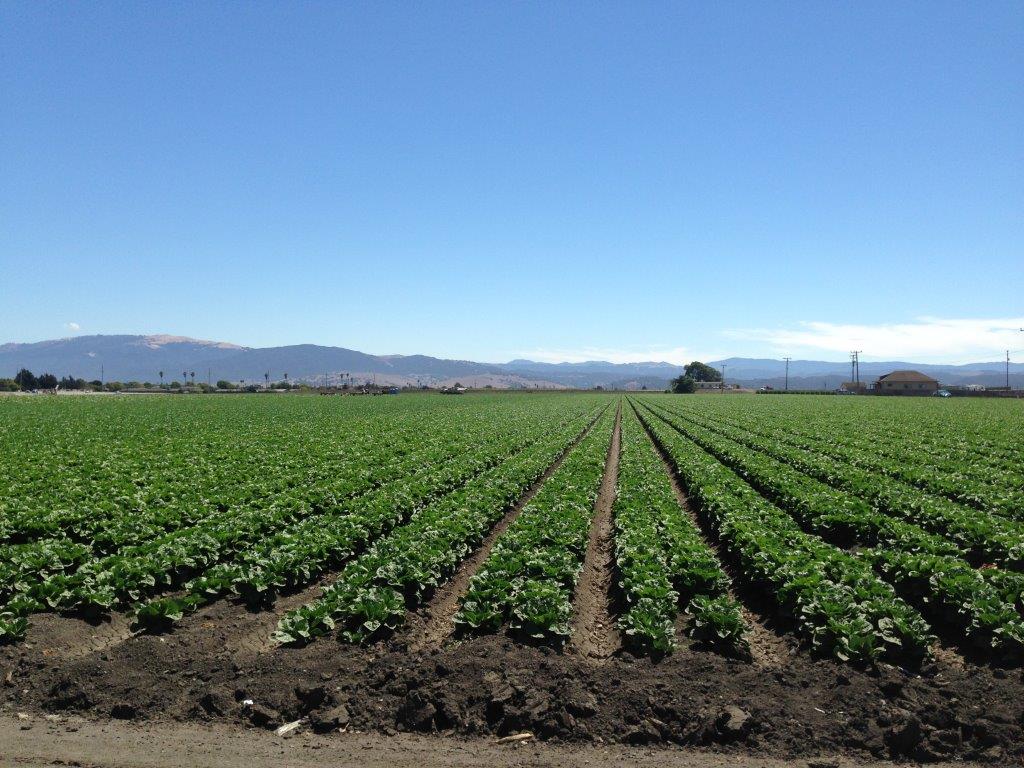Let’s Stop Food Waste
 Monday, April 27, 2015 at 4:00AM
Monday, April 27, 2015 at 4:00AM 
By Sandy Hu
The latest from Inside Special Fork
Last week, I tweeted a disturbing statistic: "If food waste were a country, it would be the world's third largest emitter of greenhouse gases, behind the U.S. and China."
When we buy food, there’s the cost of growing, processing, packaging, transporting, marketing and getting it to our tables. So if we buy it, then trash it, we’ve expended energy and resources—for nothing! And to compound the problem, the resulting waste in the landfill further degrades our environment.
Ten or so years ago, I remember interviewing the celebrated chef and cooking teacher, Jacques Pépin, for the Associated Press. At the time, despite the ubiquity of takeout meals, he surmised people were still cooking because supermarkets continued to stock ingredients like fresh fruits and vegetables. If consumers weren’t buying them, does a dump truck go to the supermarket at the end of the day to toss the produce out? That would make no economic sense, he maintained.
Now we know the answer: people are buying the food, but instead of consuming all of it, about 40 percent is ending up in their own trash or compost bins, according to an estimate by the Natural Resources Defense Council.
I’m as guilty as anybody when it comes to food waste. But I try not to be. Here are some ways I’m working to be a more responsible global citizen.
Taking Inventory
If you don’t know what perishables you have on hand, you are destined to waste it. So here are tips to keep on top of your inventory:
- As soon as you come home from the market, make a list of all the perishables you purchased before storing them. Now you know what you have to work with for upcoming menus.
- Also make a running list of everything you freeze, recording the date purchased, to avoid creating a black hole of mystery packages that end up, months later, in the waste bin.
- Designate a drawer, bin or shelf in the fridge for “eat first” produce so you can consume the most perishable items before the hardier ones.
- Stick a small Post-it on every leftover dish, identifying the contents and the date it was made so you know how old your leftovers are, and whether they are still safe to consume. I like rectangular glass containers with airtight plastic lids. They are more efficient to stack and store than bowls or plates.
- Date foods that don’t come with a sell-by date, such as meats or cheese from the deli so you can use them in a reasonable time after purchase.
Store Foods Properly
How you store your purchases can affect shelf life.
- If you buy bulk mushrooms, keep them in a paper bag so they can breathe. As the mushrooms get older, the gills on the underside of the caps will open. Some people throw them out at this stage but they’re perfectly fine to eat and have a more intense mushroom flavor.
- Store milk and other dairy products in the coldest part of the refrigerator; not on the door where they can warm up and degrade each time the fridge is opened and closed.
- Keep fruits and vegetables from drying out and shriveling in the fridge by storing in their plastic bags and securing with twist ties.
Freezing to Extend Storage
- When bananas are overripe and not suitable for eating out of hand, just freeze them, skin and all. Peel and defrost later for banana bread.
- Freeze foods that have oils, such as coffee and nuts, for longer storage. Freezing keeps coffee beans fresh and prevents nuts from going rancid.
These are just some of the practices I’m using to keep food waste to a minimum. The University of Nebraska-Lincoln has an excellent and complete guide to food storage, including charts that tell you how long food can be kept and still be safe to eat. I highly recommend printing the full-length PDF version for your kitchen files.
Here are some recipes from the Special Fork database to help you utilize what’s in your fridge and avoid waste:
- Quinoa Ribollita is a hearty vegetarian soup you can make in an hour, from start to finish. It’s a tasty way to use up vegetable odds and ends. If you have a wedge of Parmigiano Reggiano, don’t toss the rind. You’ll be simmering it in the soup for added flavor. Recipe by Katie Barreira.
- If you have broccoli that’s starting to go yellow or asparagus that’s no longer in peak form, trim them and make a lovely puréed soup.
- Stir-Fried Rice for Kids is a basic fried rice recipe by Andrew Hunter. Not only is it a good way to use leftover rice, it will clean out your vegetable bin.
- Use up a variety of vegetables and bits of cheese as a topping for pizza. Dave shows how in this Pita Pizza video demo. These pizzas, made with pita bread as the crust, bake up in 10 minutes.
Special Fork is a recipe website for your smartphone and PC that solves the daily dinnertime dilemma: what to cook now! Check out our recipe database for quick ideas that take no more than 30 minutes of prep time. Follow us on Facebook , Twitter, Pinterest, and YouTube.
Reader Comments